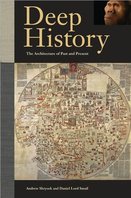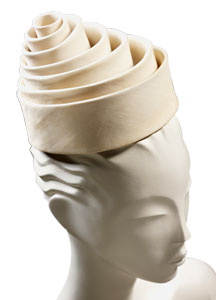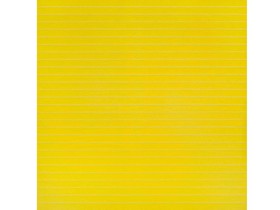Another artist stamp from the U.S. Postal Service — that has to be good news. I’m for anything that spreads the word and the image of great visual art work.
This time, the USPS is honoring Romare Bearden, who was born 100 years ago last month.
He gets four “forever” stamps, which means they carry no specific price but are good for first-class postage forever. They come in a set of four; the press release, however, does not say how many sets it’s issuing.
The stamps were “dedicated” at the Schomberg Center for Research in Black Culture of the New York Public Library last Wednesday. Thelma Golden, director of the Studio Museum in Harlem, was one of the people on hand to carry the art world’s flag.
Here’s a look at the four collages chosen for the honor:

They are, left to right, Conjunction (1971), Odysseus: Poseidon, The Sea God–Enemy of Odysseus (1977), Prevalence of Ritual: Conjur Woman (1964) and Falling Star (1979).
Not that many artists are honored on U.S. stamps. I’ve written about those honoring Abstract Expressionists, American industrial designers, and, when the USPS chose Hopper for its annual American Treasures series, the general phenomenon of artists on stamps and money.
For more on Bearden’s stamps, here’s an article on the Harlem World blog.




 The
The 